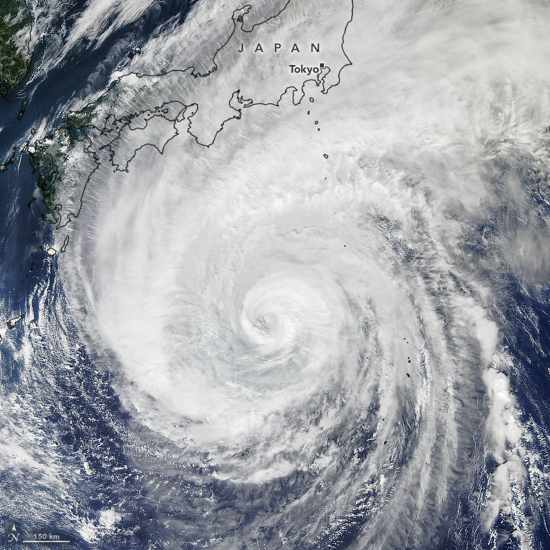
Reports from and sources in Japan suggest demand surge is set to be an issue with claims from typhoon Hagibis, as a lack of claims professionals, assessors and loss adjusters has been noted to be slowing the process of insurance claims filing and is expected to inflate claims amounts.The fact typhoon Hagibis came along so soon after typhoon Faxai is one of the reasons driving claims inflation, it has been reported by local Japanese media.As was seen with 2018 typhoons Jebi and Trami, having two major storms very close to each other drives challenges in claims assessment and the fact the impacts almost overlapped due to rainfall and were then exacerbated by more extreme rainfall after Hagibis is also expected to have an effect on resolution of claims and reporting of ultimate losses by Japanese carriers.Another factor is the significant level of flood related claims, which drives complexity in terms of claims resolution and estimation, also in some cases where claims fall in terms of policies as well.Loss adjuster rates in Japan have also risen, partly as a result of the complexity of the claims process, we understand.But also partly due to the wide swathe of the affected regions requiring their services, due to the two typhoons coming so close together and then the rainfall as well.Repair workers in general are said to be in short supply, due to the proximity of the storms and weather events, meaning estimates have not been completed as quickly as insurers would typically like and so insurance claims cannot be addressed or closed as readily.Damage investigations have been delayed especially for commercial properties, it is said, driven by the initial issues related to power outages in the Chiba region in particular, as well as the lack of available adjusters, repair workers and related trades.All of this points to an element of claims inflation and likely loss creep becoming a factor for typhoon Hagibis in particular, possibly also for typhoon Jebi.In addition it points to a complex situation in estimating business interruption claims that may also fall to insurers and reinsurers.At this time the industry has been paring back its early estimates for insurance and reinsurance market losses from Hagibis.Early estimates from , while an estimate of $15 billion was released by reinsurance firm RenaissanceRe’s CEO delivered soon after the event.In recent weeks though, the market’s expectation of the ultimate insurance and reinsurance industry loss from the storm has declined somewhat..It’s also noteworthy that some ILS funds adjusted their Hagibis loss expectation downwards recently., with typhoon Faxai at $7 billion., with Faxai also at $7 billion.But there is uncertainty associated with all of these estimates, as these signs of claims inflation and challenges associated with getting estimates completed and repair work underway could all result in inflated ultimates and potentially a trend towards loss creep.After the industry’s experience with typhoon Jebi, that emerged which more than doubled the market loss, there will be some fear of a repeat.But the reinsurers appear fairly certain in their estimates at this stage, so perhaps the reports from Japan are not going to drive as significant an amount of claims inflation as was seen with the 2018 typhoon.Time will tell and it may not be until April, when the Japanese carriers true up their ultimate net losses for year-end that we understand the full extent of the industry impact from the latest major typhoons to hit Japan and whether demand surge and claims inflation could be a significant factor.———————————————————————Tickets are selling fast.
Publisher: Artemis








